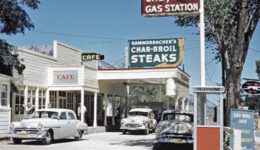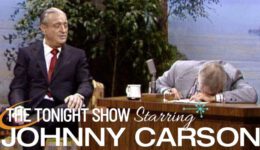1920s UNSEEN Colorized Photos – Life in America
The Roaring Twenties was a period in American history of dramatic social, economic and political change. For the first time, more Americans lived in cities than on farms. The nation’s total wealth more than doubled between 1920 and 1929, and gross national product (GNP) expanded by 40 percent from 1922 to 1929. This economic engine swept many Americans into an affluent “consumer culture” in which people nationwide saw the same advertisements, bought the same goods, listened to the same music and did the same dances. Many Americans, however, were uncomfortable with this racy urban lifestyle, and the decade of Prohibition brought more conflict than celebration. But for some, the Jazz Age of the 1920s roared loud and long, until the excesses of the Roaring Twenties came crashing down as the economy tanked at the decade’s end.
Perhaps the most familiar symbol of the “Roaring Twenties” is probably the flapper: a young woman with bobbed hair and short skirts who drank, smoked and said “unladylike” things, in addition to being more sexually “free” than previous generations. In reality, most young women in the 1920s did none of these things (though many did adopt a fashionable flapper wardrobe), but even those women who were not flappers gained some unprecedented freedoms.
They could vote at last: The 19th Amendment to the Constitution had guaranteed that right in 1920, though it would be decades before Black women in the South could fully exercise their right to vote without Jim Crow segregation laws.
Millions of women worked in blue-collar jobs, as well as white-collar jobs (as stenographers, for example) and could afford to participate in the burgeoning consumer economy. The increased availability of birth-control devices such as the diaphragm made it possible for women to have fewer children.
In 1912, an estimated 16 percent of American households had electricity; by the mid-1920s, more than 60 percent did. And with this electrification came new machines and technologies like the washing machine, the freezer and the vacuum cleaner eliminated some of the drudgery of household work.
Did you know? Because the 18th Amendment and the Volstead Act did not make it illegal to drink alcohol, only to manufacture and sell it, many people stockpiled liquor before the ban went into effect. Rumor had it that the Yale Club in New York City had a 14-year supply of booze in its basement.
What did you think? Please leave a comment in the section below and remember to share the video and sign up for our free newsletter!





April 29, 2023 @ 8:03 pm
Great show. Do more. Thank You.